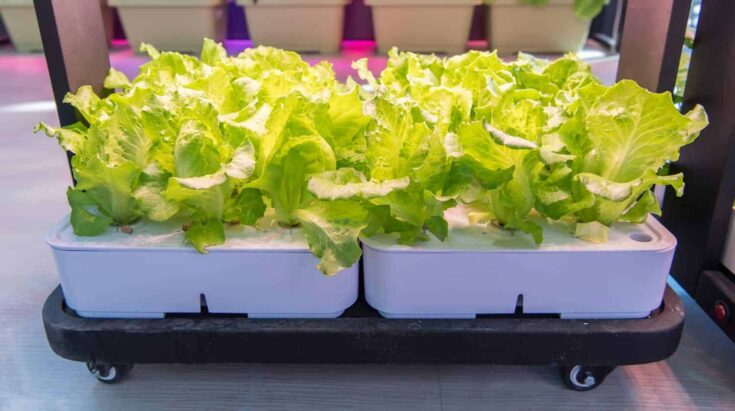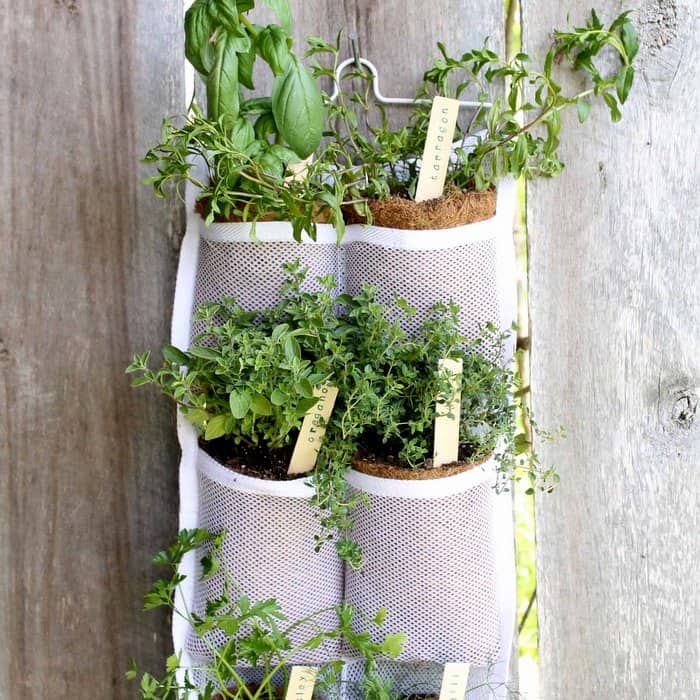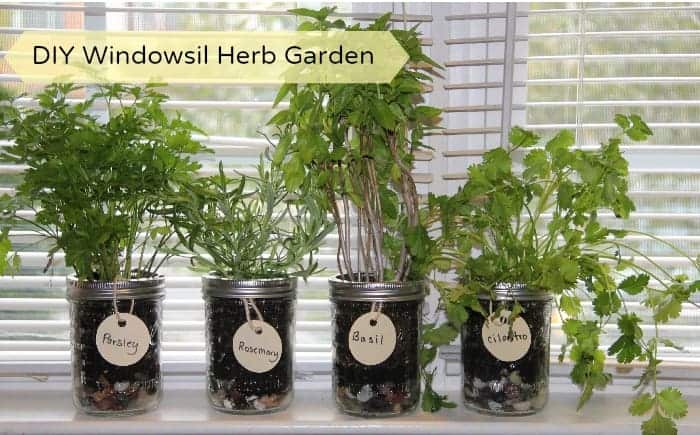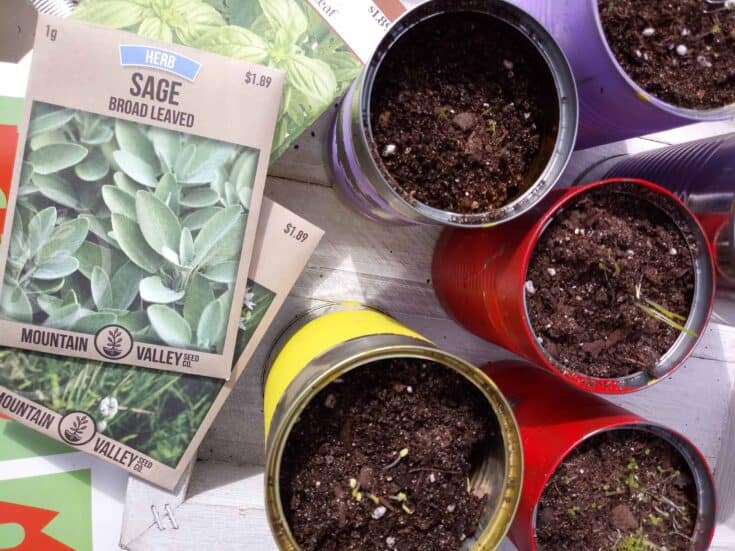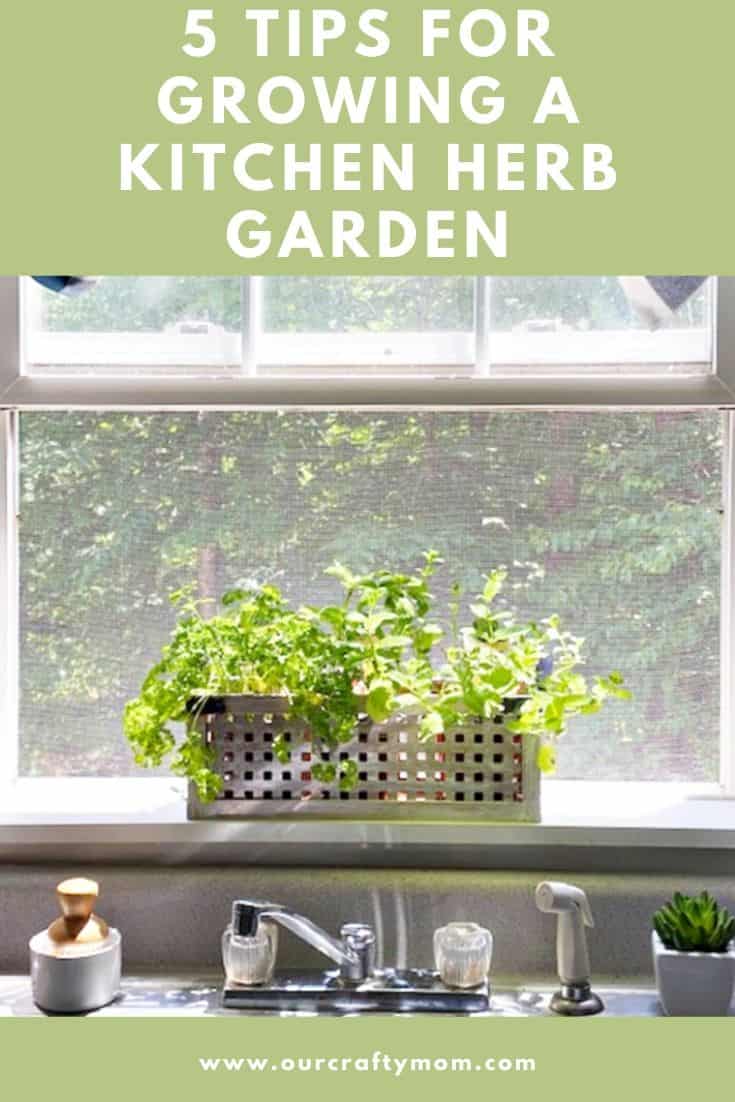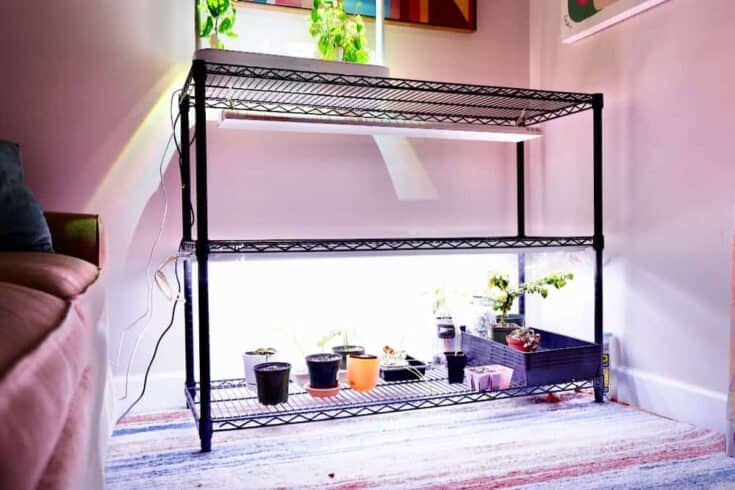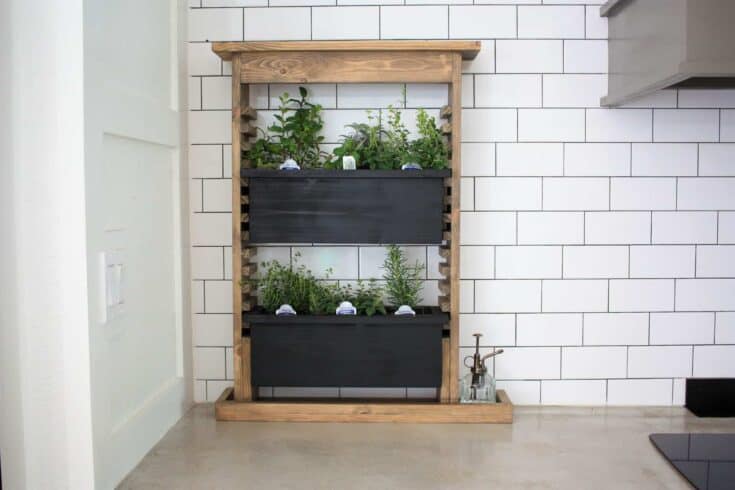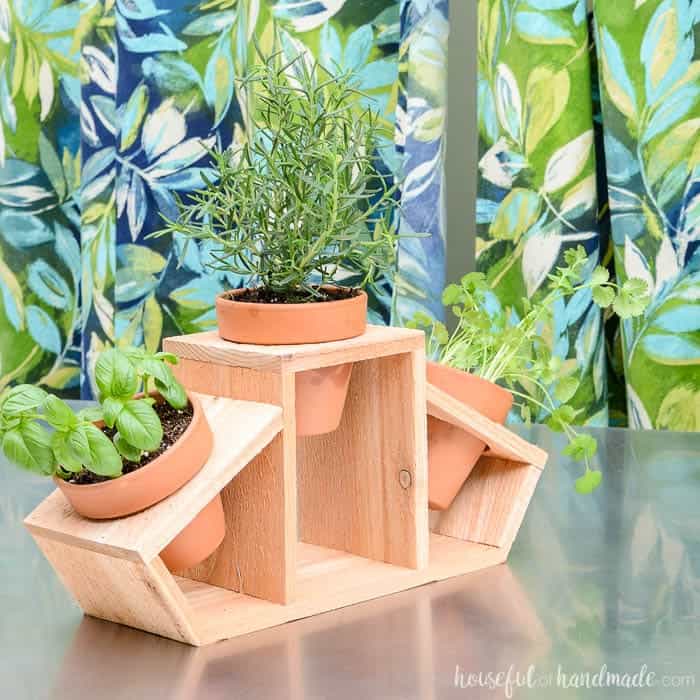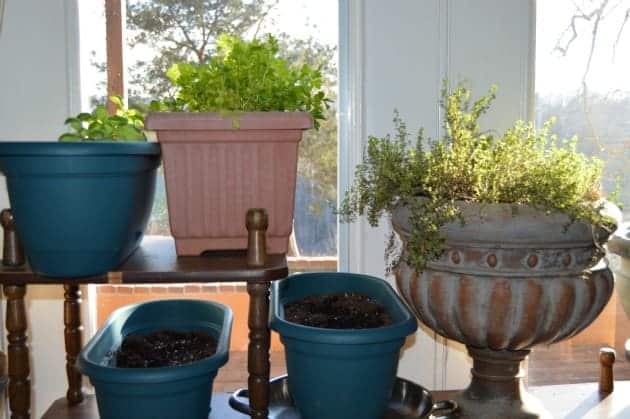DIY indoor garden system
Looking to start an indoor garden? Create a DIY indoor garden system and grow herbs, fruits, and vegetables inside your home. These setups are simple, practical, and beautiful.
How to start a backyard garden indoors so you can grow fresh herbs and vegetables in your home, even if you have limited space.
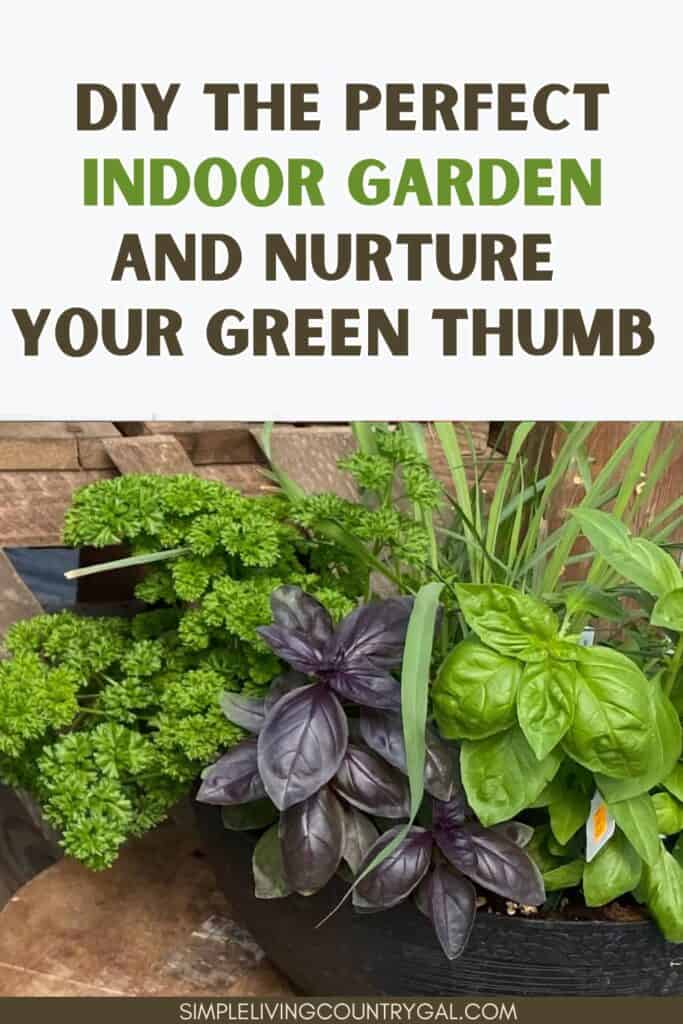
With the right setup, you can grow a variety of plants on windowsills, shelves, or small stands. Incorporate tools you already have and transform them into the perfect growing container for the produce you love.
Indoor gardening will give you fresh ingredients for your cooking and, at the same time, make your home feel more vibrant and alive even in the dead of winter.
And bonus, you won’t have to worry about your small space; many herbs and vegetables thrive in compact environments.
What Kinds of Plants Can You Grow Indoors?
You can grow a variety of plants indoors, including herbs, vegetables, and fruits.
Popular herbs like basil, parsley, mint, and thyme thrive well in pots on windowsills. Leafy greens such as tomatoes, spinach, and carrots can also be grown indoors, as well as small vegetables like cherry tomatoes and peppers.
What do you need for the best garden setup?
To grow them effectively inside of your home, focus on a few key factors: sunlight, water, soil, and space.
#1. Lighting
Make sure your plants get enough light, either from natural sunlight through windows or from grow lights. Water them regularly, but be careful not to overwater.
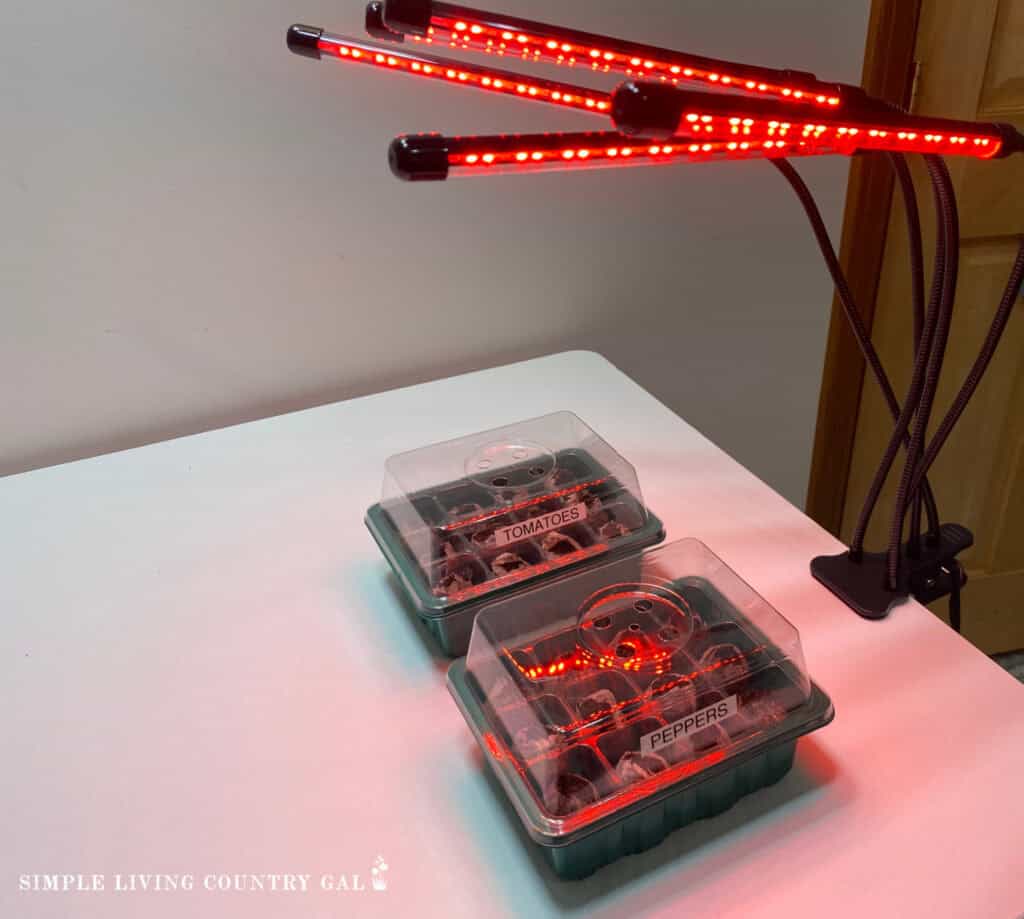
#2. Soil
Be sure to use high-quality potting soil that provides good drainage and nutrients. If you are starting with seeds, you can use peat pods. These work great and hold the water needed for root growth.
#3. Spacing
For seeds, plant one per peat pod until the seedling is ready for transplanting in a full-sized container.
When choosing a container there should be enough space for adequate root growth. The good news is, if you choose a container that your plant outgrows, you can transform it into a larger option.
#4. Water
For seedlings, you will want the peat pod to be damp but not wet. This will allow the roots to grow without rotting. As the plant grows, you can adjust your watering as needed.
Get your FREE gardening checklist below!
THE BEST INDOOR GARDENING SETUPS FOR HERBS AND VEGGIES
Here are some of the best DIY indoor garden systems you can check out. These options are perfect for any sized home, even small apartments, and homes with limited space.
Hydroponics is a method for indoor gardening that doesn’t use soil. These systems can be found online at Amazon or at your local garden centers.
A basic setup includes a container, soil pods, and grow lights.
Fill the container with water, place the soil pods inside, and plant your seeds in the pods. Then, position the system in a warm area and make sure the grow lights are on for 12 to 16 hours daily.
Since you have a grow light, you don’t need to place your hydroponic plants in a sunny spot. Grow lights provide all the necessary light for photosynthesis.
This means you can set up your hydroponic system anywhere indoors.
With this DIY indoor garden system, you can easily grow herbs like basil, mint, and cilantro, as well as vegetables like lettuce, spinach, kale, and cherry tomatoes.
These plants can thrive in water-based systems and are perfect for home gardening.
This DIY hanging grow setup is great for any area in a home. Use a hanging mesh organizer that fits your space.
Materials:
- Wooden dowel – used to support the mesh organizer.
- Sturdy hooks
- Coco liners – used to keep soil in place.
- Potting soil
- Favorite herb plants
Attach the wooden dowel to the top of the organizer for added support. Next, use the hooks to attach it to the wall in an area that receives plenty of sunlight.
Fill each pocket with potting soil and plant your herbs. Remember to choose herbs that stay relatively small and manageable, like basil and parsley.
Mason jars are a great material for indoor gardening because they are inexpensive, widely available, and provide a clear view of the soil and roots.
They can also add a rustic charm to your kitchen decor.
Materials:
- Mason jars and rings
- Small stones
- Potting soil
- Labels
Place small stones at the bottom of each mason jar to ensure proper drainage. If you allow your roots to sit in wet soil you risk them rotting and, in turn, killing your plant.
Then, fill the jars with potting soil, leaving some space at the top for planting. Carefully plant your herbs in the soil, pressing down gently to secure them.
Next, decide where to place your mason jar herb garden. A great option is to install a sturdy shelf or small plant stand near a window where the plants can receive plenty of natural light.
Ready to make a recycled can herb garden? This is also a great way to teach kids about recycling.
Materials:
- Clean empty cans
- Potting soil
- Small stones
- Hammer
- Nails
- Herb plants
Begin by preparing the cans. Use the hammer and nail to carefully poke several small holes in the bottom of each can for drainage.
Next, add a layer of pebbles at the bottom of each can to further aid drainage and prevent water from pooling.
Plant your herbs in the soil, pressing them down gently. Then, you’re done. If you want, you can decorate the cans with paint or labels to give them a personal touch and make them look nicer.
Flower baskets are not only for flowering plants; you can also use them for herbs and veggies.
Materials:
- Flower basket with a liner
- Sturdy hooks
- Potting soil
- Herb plants
Fill the basket with potting soil and then plant your herbs.
Simply hang the basket near a window using a hook. Make sure the hook is securely attached to the ceiling or wall and can support the basket’s weight.
You can also place the basket on a sturdy shelf or let it stand near a window.
A seed starting shelf can help you grow lots of plants from seeds. One of the best things about this setup is that it uses grow lights.
This means you can place the shelf anywhere in your home, even away from a window.
Materials
- Shelving unit
- Grow lights with timer
- Seeds
- Seed trays
- Seed starting mix
- Power strip
Attach the grow lights to the underside of each shelf. Position them right above the seed trays.
Plug the grow lights into the power strip and set the timer for 12-16 hours a day, which is ideal for seed germination.
Fill the seed trays with seed starting mix and plant your seeds as directed on the package.
Then, place the trays on the shelves under the grow lights. Lightly water them and cover the trays with a clear plastic lid to create a humid environment.
Removable planters are a great idea for indoor gardening because they offer flexibility, easy access for care and maintenance, and can be moved to different locations as needed.
Materials:
- Wooden boards – for frame and supports
- Screws
- Sandpaper
- Large planter boxes
- Potting soil
Prepare the wooden boards. Cut them to the desired size for the frame and supports, and sand any rough edges.
Next, assemble the frame by attaching the horizontal and vertical boards securely with screws. Make sure everything is level and stable.
Once the frame is assembled, place the large planter boxes on the horizontal supports within the frame.
Fill the planter boxes with potting soil and plant your chosen herbs. This setup will create a beautiful and functional herb planter for your home.
Take advantage of that small vacant space in your kitchen countertops and make this small plant stand.
Materials:
- Wooden boards
- Screws
- Sandpaper
- Potting soil
- Small planter pots
Cut the wooden boards to size for the frame, shelves, and angled supports.
Next, assemble the stand by attaching the side pieces to the top piece to form the frame and secure the shelves and angled supports.
Fill the planters with potting soil and herbs, then place them on the shelves.
This countertop plant stand only includes three pots, but you can customize it to fit your needs.
If you want to include five pots, just adjust the size of the wooden boards and add extra supports for the additional planters.
Go ahead and use plastic pots for your indoor gardening setup, exactly how you use them outside. You can place them on a sunny windowsill or use a shelf to keep things organized.
A tiered plant stand can help maximize vertical space and ensure each plant gets enough light.
Also, don’t forget to use trays under the pots to catch excess water and prevent spills.
Are you planning to grow lots of veggies and herbs inside? Group similar plants together and label them for easy identification.
Then, regularly check and clean the area to remove any fallen leaves or debris to keep your indoor garden neat and attractive.
Start with easy-to-grow plants and small setups. You don’t need anything expensive to enjoy it. Feel free to start with basic supplies like seeds, potting soil, and simple containers.
You can also use old containers, jars, and other household items as planters. This not only saves money but also reduces waste, making your gardening efforts even more eco-friendly.

